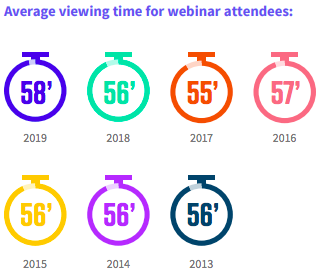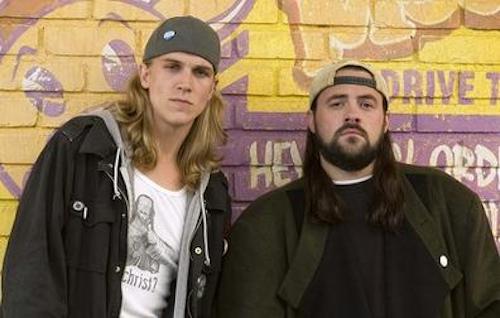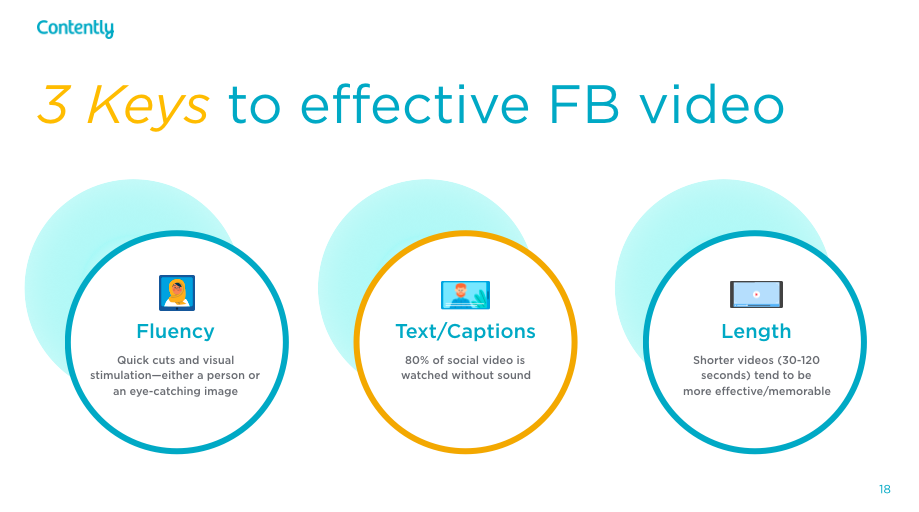Storytelling
5 Logistical Tips That’ll Help You Pull Off a Great Webinar
I’m no Winston Churchill. That much was clear from kindergarten. When my class of floppy six-year-olds stood on stage to sing a song in front of our families, my body froze. I turned around so my back faced the crowd… the entire time. To this day, that sums up how I feel about public speaking.
It turns out Churchill felt similarly growing up. He wasn’t born a natural orator. (In fact, he stuttered and had a lisp.) But through constant practice and preparation, he built up his speaking muscle. He studied effective speeches and listened to great speakers like an athlete watching game tape.
Part of my job as editor-in-chief is to inspire our audience, supplying them with engaging advice. To accomplish that, we run a lot of webinars, which means talking in front of a few hundred people each time.
After hosting and producing dozens of webinars over the years, I’ve definitely gotten more comfortable. All good webinars need unique subject matter and a strong narrative that captivates the audience. But what separates a good webinar from a great one are the logistics. Think of easily overlooked elements like presentation length, Q&A prep, and more.
As companies start to produce more webinars and virtual conferences, I put together a list of essential pointers that’ll help you put on the best show possible.
1. Limit yourself to a tight 30 minutes
Why is 60 minutes the default length for a webinar? It seems to be one of those marketing practices that doesn’t have rhyme or reason to it.
An hour is a long time for a webinar. I had college classes that were shorter than that. If Abraham Lincoln could finish the Gettysburg Address in 271 words, you can spare your audience a half hour.
Last year, the average webinar viewing time was 58 minutes, according to ON24’s benchmark report. But that number should include 10-15 minutes for Q&A. You also have to account for a few stragglers since some attendees will always join a little late. Attendance usually peaks about five minutes after you begin.

The sweet spot for the presentation part of our webinars seems to be about 30 minutes. Engagement holds steady until the half-hour mark, then people with burning questions stick around to ask while others can drop off if they have to get to their next meeting.
A shorter run time also helps you prioritize the most meaningful information. If you keep it to a tight 30, you’ll present your strongest material and keep the audience wanting more when it’s time to send a follow-up email.
2. Team up
Very few people thrive at talking by themselves uninterrupted for long periods of time. The most successful podcasts are interview shows in which hosts and guests have a conversation. Radio shows typically pair two or three personalities together, turning a monologue into a dialogue.
Most of Contently’s webinars feature two presenters. It’s more engaging, and it reduces the burden on individual contributors. It’s also a lot easier to get the hang of a 15-minute talk than a 30-minute one.
For someone like me who wasn’t born a social butterfly, you can use the opportunity to learn firsthand from more experienced speakers. I’ve co-hosted a bunch with Joe Lazauskas, our head of marketing, who has spoken at a ton of conferences and events. Joe is the Jay to my Silent Bob. During our webinars, I’ve been able to pick up little tips from him like when to pause, how to calm my nerves, and what to include in my talk track.

Now, I feel secure enough to talk through my points without needing a script in front of me. We’ve also collaborated enough that our content fits together even though we have different presentation styles.
3. Prepare the follow-up ahead of time
During every webinar, one question gets asked without fail: “Will I be able to see the slides afterward?”
It’s become a helpful reminder to put thought into how you’ll distribute the webinar once it’s done. You’re so fixated on what to say that it’s easy to forget about all the other marketing tasks surrounding it.
Plus, how you follow up is almost just as important as the webinar itself. You have a certain window to capitalize on the momentum when someone registers for a virtual event. If you wait a couple of weeks, people will start to forget the details. We always aim to follow up within one or two business days.
While you’re putting the finishing touches on your presentation, think about what you can send afterward that benefits the audience. We always send a recording of the webinar (including Q&A) and a copy of the slides. Additionally, we also may link to one or two related resources like a blog post or video, depending on the topic. Recently, we’ve even begun experimenting with quizzes, offering listeners a prize for the highest score.
The main solution here is to plan ahead because it allows you to lock in on what to cover and what to save for later. We actually design follow-up emails a few days before we present, creating two versions: one for attendees and a slightly different version for those who registered but couldn’t make it—which brings me to my next point.
4. Don’t put too much (or too little) on the slides
Since a webinar is a lasting resource, the shelf life should continue for months (maybe years) after you present.
When someone watches live, you have control over the experience. When someone stumbles upon the recording later on, they can take in the info in different ways. Maybe they’ll finish the webinar in two sessions. Maybe they’ll skim. So it helps to develop a slide deck that provides enough context on its own.
This is Presenting 101, but don’t be the person who pastes paragraphs on a slide and reads every word verbatim.Conversely, don’t be the person who barely uses the slides either.
To strike that balance, I aim to put one complete sentence with a corresponding visual or diagram on a slide (excluding title/chapter markers). Think of it like a picture book for kids. Anyone can follow the narrative as is, and if they want to hear more on a certain slide, then they can tune in to the audio and do some research on their own.

This approach gets the best out of me as a presenter as well. I have enough info on the screen to guide what I’m going to say, but it protects me from being the professor standing in front of the lectern, reading off my notes, while the audience daydream.
5. Anticipate audience questions
When the U.S. government needs to conduct oppositional research, it forms a red team to identify weaknesses and offer more objective feedback. A webinar doesn’t need oppositional intel, but putting together your own red team could be a useful exercise before you go live.
Since the point of most webinars is to convey credibility and authority, you don’t want to get caught flat-footed. But odds are, you’re going to have blind spots once you lock in your points and start practicing what to say. That’s why we block off time a few days before each webinar for a practice run, stopping along the way to give feedback.
If you can, try to find someone who isn’t very familiar with the subject matter. They’ll bring a fresh perspective and show you what details could be explained clearer. Additionally, the red team may be able to predict questions that the audience will have. In that case, you can prepare thoughtful answers and supporting examples to make the Q&A as impactful as possible.
This happened to me a few months ago during a webinar on 2020 content marketing trends. One slide displayed some data about content formats, but the research excluded podcasts. We identified that during the walkthrough, but didn’t think the slide needed to change. I spent a few minutes researching branded podcasts just in case.
Naturally, someone brought it up during the Q&A. I was armed with relevant information, and like the other tips above, ready to give the audience exactly what they were looking for.
That kind of preparation may not quite make you feel like the next Churchill. But you definitely won’t feel like a scared kindergartener either.
Image by VectorMineGet better at your job right now.
Read our monthly newsletter to master content marketing. It’s made for marketers, creators, and everyone in between.




